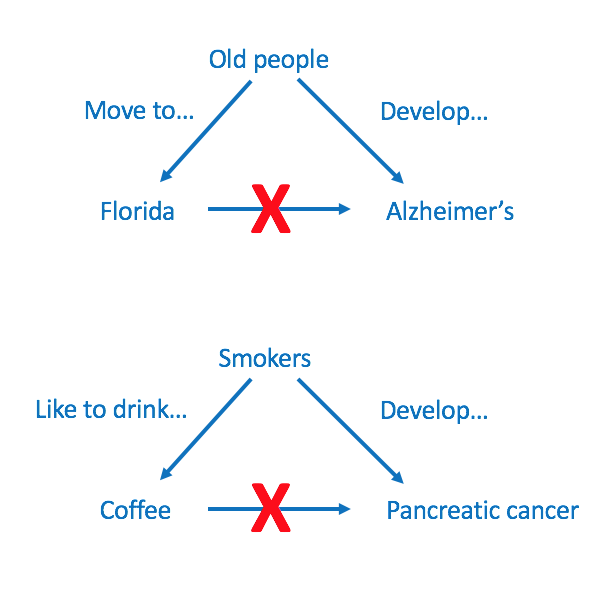As usual, we will set up the hypothesis test by choosing a null hypothesis, an alternative (non-null) hypothesis, a test statistic, and a significance level at which we want to perform the test. In A/B testing, "interesting stuff" happens when the distributions of the two sets of data samples are different. Thus, naturally, our null hypothesis is:
$H_0:$ distributions of birth weights of babies born to smoking and non-smoking mothers are the same.
For the alternative hypothesis, both one-sided hypothesis (that the distribution of birth weight was skewed towards higher values in the group corresponding to babies born to non-smoking mothers) and two-sided hypothesis (that the two distributions are different) make sense. Because A/B tests are commonly performed just to test whether there is an effect or not, we will perform a two-sided test, and so our alternative hypothesis is:
$H_1:$ distributions of birth weights of babies born to smoking and non-smoking mothers are different.
Observe here that there is one random variable (birth weight) per data set that we are using for comparison. If we were comparing it to a reference value (or distribution), we would likely be using the mean birth weight as our test statistic. But here we want to compare the birth weights from two sets of data. Thus it seems like a reasonable choice to consider the difference of means between the two data sets. Observe that under the null hypothesis, this test statistic will have mean zero, but we do not know much more about it.
$S:$ the difference of mean birth weights in group A (babies born to non-smoking mothers) and group B (babies born to smoking mothers).
As usual, we can set our significance level to $\alpha = 0.05$ (statistically significant) or $\alpha = 0.01$ (highly statistically significant). Other values also make sense. For concreteness, let us take $\alpha = 0.05.$
